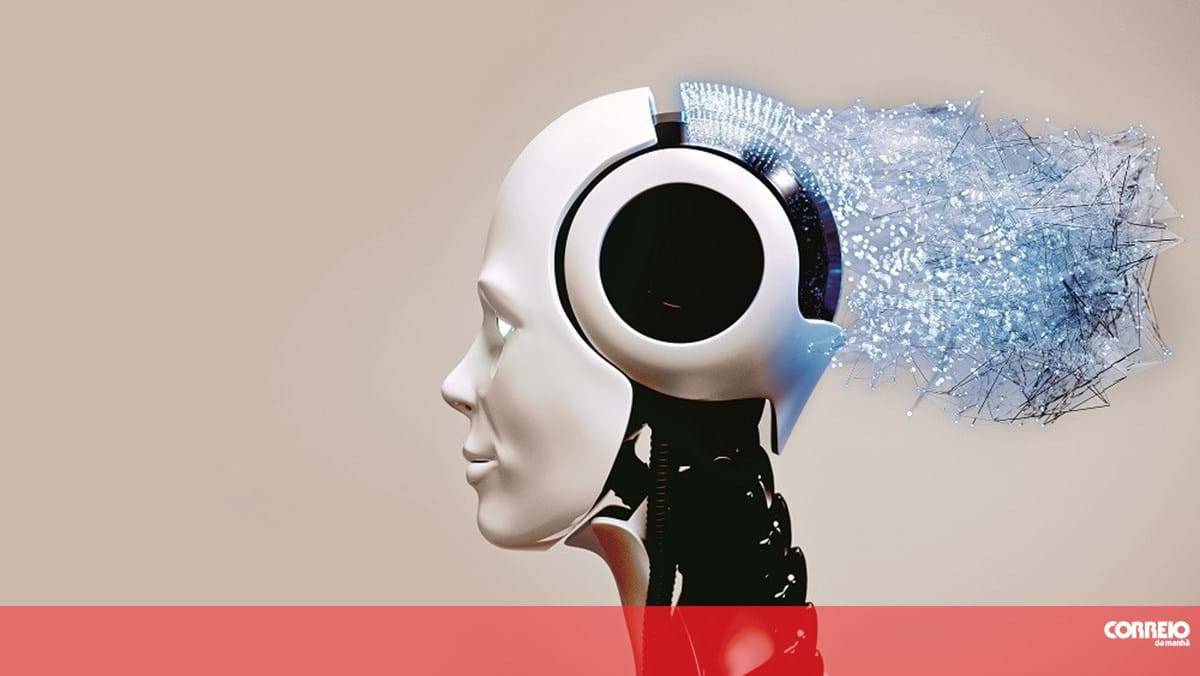More AI than mobile phones at the world’s largest telecoms fair
An attempt to show visitors the future was the bet of nearly 2,000 exhibitors.
Artificial intelligence, augmented reality or developments in 5G technology are at the center of this year’s edition of the world’s largest telecommunications fair, which kicked off Monday in Barcelona and also marked by the post-pandemic reopening of China.
The Mobile World Congress (WMC), which has been held annually in Barcelona since 2006, has kept its original name, but in 2023 it’s not new devices or mobile technologies that catch the eye of the more than 80,000 people expected to attend the event.
According to the organization, more than half of those 80 thousand visitors expected to attend the MWC are not related to the world of mobile phones, according to the organization, and this Mobile World Congress coincides with a moment of decline in the market for the so-called mobile phones. Phones whose sales fell 11.3% in 2022 to 1.21 billion units.
The 18th edition of the Mobile World Congress has the word “speed” as its slogan and focuses on topics such as “5G Acceleration”, Financial Technology (“Fintech”), Augmented Reality, OpenNet, and Industry 4.0 (also known as the Fourth Industrial Revolution and related to augmentation). connectedness and artificial intelligence).
It seems that the bet of about 2,000 exhibitors, covering an area of 240,000 square meters, was to try to show visitors the future or what technology companies guess the future will be somewhat close, but always digital and technological whether in terms of transport, video games or industrial production.
Walking through the Barcelona exhibition halls these days is synonymous with encountering some kind of robotic dog, seeing a human being surrounded by curious people or stepping into a flight simulator to test new technology of artificial intelligence and augmented reality.
Of those 2,000 exhibitors at MWC, 150 are from Chinese companies, who returned to the show this year with China’s recent reopening after the covid-19 pandemic.
The number of visitors from Asia is expected to increase by 25% compared to last year, and between 4,000 and 5,000 people from China alone must have flown in to attend the MWC in Barcelona, an event organized by the Global Association of Mobile Operators (GSMA, for its English acronym).
However, the total number of visitors will fall short of the 109,000 through MWC in 2019, the last edition before the pandemic.
And it is precisely a Chinese company, the “technological giant” Huawei, that owns the largest “platform” in WMC, with an area of 11 thousand square meters, which is also a record in the history of this exhibition, according to the organization.
Due to sanctions from the United States and other countries, justified by security concerns and the possibility of Chinese espionage, Huawei’s mobile communications business (in particular, “smartphones”) has been particularly affected in recent years.
The Chinese giant’s ‘pavilion’ still has a section dedicated to mobile phones, but inside the space, guided tours show journalists and other visitors and guests how the company continues to grow and, on several continents, in other dimensions, linked to the development of 5G technology, the creation of infrastructure Transportation infrastructure or the production and storage of energy from renewable sources.
In an initiative before the start of the exhibition, on Sunday afternoon, Huawei invited partners and journalists to stress that it has a “commitment to research and technology development and anticipation of progress” based on sustainability, energy efficiency and environmental protection.
In the past decade, Huawei has invested more than 115 billion euros in research and development, with more than 45,000 licensed family patents (more than 110,000 pieces) valid worldwide, with more than 90% of patents, patent value recognized the entire industry,” the company highlights, in a statement distributed to reporters.
As with most of this year’s WMC competition, 5G technology is the protagonist of Huawei’s position, both in terms of what is actually a reality and in terms of how far the promise the companies are working to make come true.
Experts and the industry estimate that 5G transport and communication networks will cover a third of the world’s population in 2025, with the technology already embedded in innovations related to health, automation, aviation, industrial production or video games, as can already be seen on the halls of Mobile World Congress 2023.

“Coffee trailblazer. Social media ninja. Unapologetic web guru. Friendly music fan. Alcohol fanatic.”

